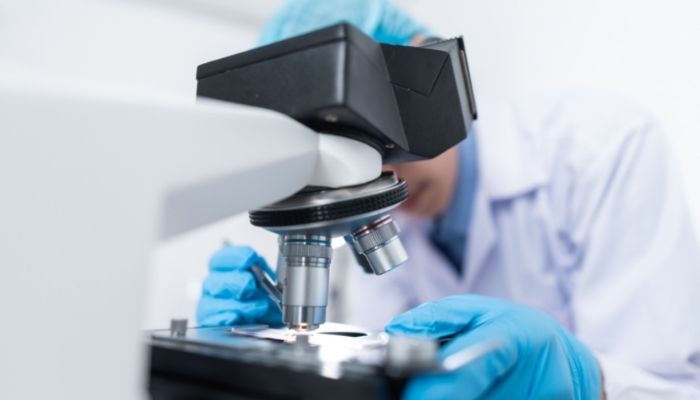|
Researchers study high levels of the ADAR1 protein in macrophages by Margarida Maia, PhD The protein ADAR1 occurs in great amounts in macrophages, a type of immune cell that appears in the early stages of systemic sclerosis (SSc), making the cells more active and stirring up a “turmoil” of inflammation, a mouse study found. Researchers also observed that mice in which the disease was induced by injection of a chemical — bleomycin — developed fewer symptoms in their skin and lungs when engineered to have ADAR1 deficiency in macrophages. Their macrophages also made fewer certain inflammatory molecules. The findings suggest that “targeting ADAR1 could be a potential novel therapeutic strategy for treating sclerosis,” the researchers wrote. The study, “ADAR1 promotes systemic sclerosis via modulating classic macrophage activation,” was published in the journal Frontiers in Immunology. Scleroderma is an autoimmune disease that causes inflammation and makes cells produce more collagen than usual, and too much collagen causes tissues to thicken and scar. This is called fibrosis.
Macrophages can detect and remove bacteria and other harmful organisms, and prompt other immune cells to take action in inflammation. Activated macrophages usually are divided into M1-like macrophages and M2-like macrophages; whereas, M1 macrophages are involved mainly in pro-inflammatory responses, M2 macrophages are implicated in anti-inflammatory responses. ADAR1 (short for adenosine deaminase acting on RNA) is an RNA editor that works by making discrete changes to RNA, the form in which a gene’s information is read by cells. While ADAR1 holds a yet-unclear role in inflammation, it is known that samples of the skin and blood taken from people with SSc are rich in the protein. To know more, the researchers turned to mice where fibrosis is induced by bleomycin. In the skin, RNA levels of ADAR1 increased by almost 10 times in the first day after injection of bleomycin, and those of the protein also were increased significantly after one week. At the same time, there was an increase in the levels of collagen and in skin thickness, which indicates fibrosis. There also was an increase in the number of macrophages. Continue reading here Comments are closed.
|
AuthorScleroderma Queensland Support Group Archives
July 2024
Categories
All
|
Scleroderma Association of Queensland
©Scleroderma Association of Queensland. All rights reserved. Website by Grey and Grey.

